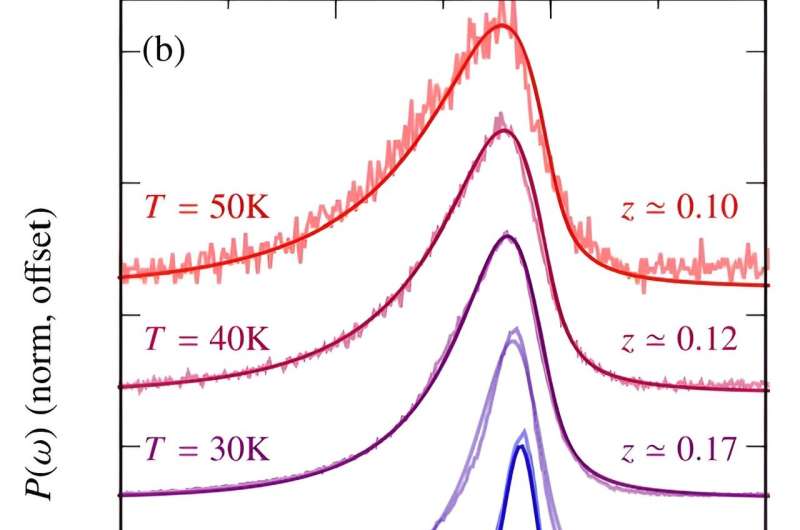This article has been reviewed according to Science X's editorial process and policies. Editors have highlighted the following attributes while ensuring the content's credibility:
fact-checked
peer-reviewed publication
proofread
Solving quantum mysteries: New insights into 2D semiconductor physics

Researchers from Monash University have unlocked fresh insights into the behavior of quantum impurities within materials.
The new, international theoretical study introduces a novel approach known as the "quantum virial expansion," offering a powerful tool to uncover the complex quantum interactions in two-dimensional semiconductors.
This breakthrough holds potential to reshape our understanding of complex quantum systems and unlock exciting future applications utilizing novel 2D materials.
The research is published in the journal Physical Review Letters
Unveiling quantum impurities
The study of "quantum impurities" has far-reaching applications across physics in systems as diverse as electrons in a crystal lattice to protons in neutron stars. These impurities can collectively form new quasiparticles with modified properties, essentially behaving as free particles.
Although a straight-forward many-body problem to state, quantum impurity problems are difficult to solve.
"The challenge lies in accurately describing the modified properties of the new quasiparticles," says Dr. Brendan Mulkerin, who led the collaboration with researchers in Spain.
The study offers a novel perspective on impurities in 2D materials known as exciton-polarons, bound electron-hole pairs immersed in a fermionic medium.
A new path: Quantum virial expansion
The Monash University team introduced the "quantum virial expansion" (QVE), a powerful method that has long been indispensable in ultracold quantum gases.
In this case, the integration of QVE into the study of quantum impurities meant that only the interactions between pairs of quantum particles needed to be taken into account (rather than large numbers of them), with the resulting, solvable, model shedding new light on the interplay between impurities and their surroundings in 2D semiconductors.
The new approach is remarkably effective at "high" temperatures (e.g., in a semiconductor anything above a few degrees Kelvin) and low doping, where the electrons' thermal wavelength is smaller than their interparticle spacing, leading to a "perturbatively" exact theory (referring to a quantum system being perturbed from a simple, solvable limit).
"One of the most intriguing aspects of this research is its potential to unify different theoretical models, with the ongoing debate surrounding the appropriate model for explaining the optical response of 2D semiconductors being resolved through the quantum virial expansion," says corresponding author Jesper Levinsen (also at Monash).
Opening doors to the future
The quantum virial expansion is expected to have a broad impact, extending its applications to various systems beyond 2D semiconductors.
"Understanding quantum impurity physics will continue to reveal insights and unlock novel properties and new possibilities for understanding, harnessing, and controlling quantum interactions," says corresponding author Prof Meera Parish (Monash).
More information: Brendan C. Mulkerin et al, Exact Quantum Virial Expansion for the Optical Response of Doped Two-Dimensional Semiconductors, Physical Review Letters (2023). DOI: 10.1103/PhysRevLett.131.106901
Journal information: Physical Review Letters
Provided by ARC Centre of Excellence in Future Low-Energy Electronics Technologies





















